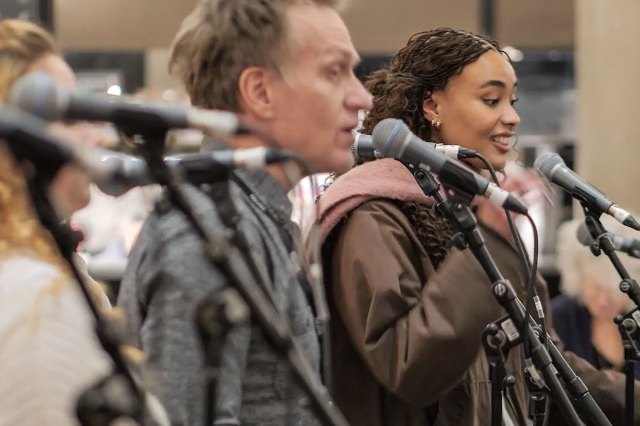Have you ever wondered where all the money you pay out for your theatre ticket actually goes? Well, we asked James Seabright, theatre producer and author of the new book So You Want to Be a Theatre Producer to tell us what your ticket price gets spent on.
Coming up with a typical production is pretty impossible so we have based this example on a moderately budgeted West End musical that breaks even over a year’s run – but do bear in mind that most shows in the West End lose money! Big-budget hits and smaller plays will have quite different breakdowns but, nonetheless, it makes for interesting reading.

Based on a top ticket price of £50 for the exercise below, which takes into account all of the costs of making and running the show over a year:
The biggest cost in putting on a show is the marketing and publicity budget which can be 20% of the total spend. Theatre rental and staffing is not far behind at 19%. The last really big chunk of cash chopped from your ticket goes to the government in the form of 17.5% VAT, which increases to 20% next year.
Box office commissions and commissions to agents then account for another 9% of the ticket price, without even considering any booking fee you may pay on top of the ticket price. The restoration levy (levied by some theatre owners) can be as much as another 4%.
So, before an actor has read a line or the orchestra has struck a single note, 60% of your ticket price has already been spent. As regards the production itself:
The cast’s wages represent about 8% of the total budget, and this is based on a show which doesn’t feature stars being paid high salaries. The crew and orchestra between them represent another 8%.
Depending on the show, technical equipment such as lighting and sound can cost as much as 4% of the production budget and the set another 1%. Wages and office costs for the show’s producers and management team take up about 3% of the total and the creative team (director, designer etc) another 1%.
A show cannot go on, of course, if it is not rehearsed and paying for the rehearsal time, both before a performance is even given, and rehearsing new cast members and understudies during the run, costs about 2% of the ticket price.
That leaves just 2% of the ticket which, in this example, is split equally between the royalties and rights to perform the piece in the first place and the contingency fund, which is drawn on when something goes wrong or costs more than planned.
Where a show ‘recoups’ and makes back its initial investment, some of your ticket price will contribute to profit. This is typically divided between a show’s investors and producers in a 60/40 ratio, although costs including rights and theatre rental also increase once a show achieves a profit.
Officially launched with an event at the New Diorama Theatre today (21 July 2010), James Seabright’s book So You Want to Be a Theatre Producer is available now and can be ordered for £12.99 from Nick Hern Books.













